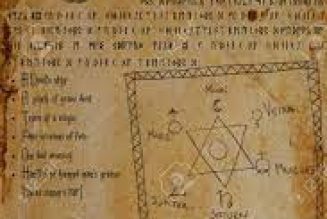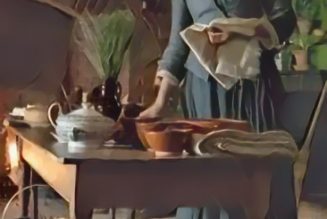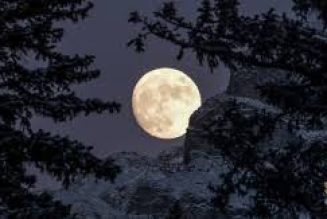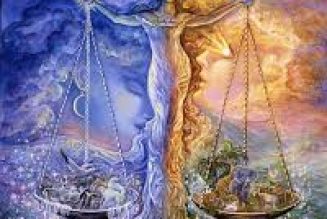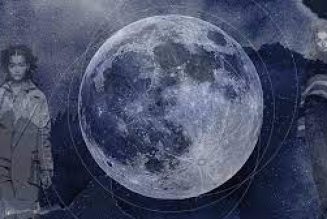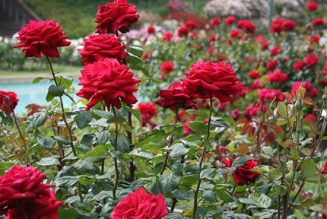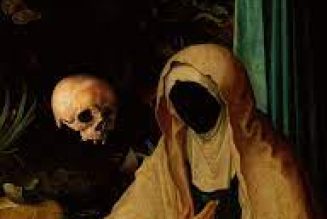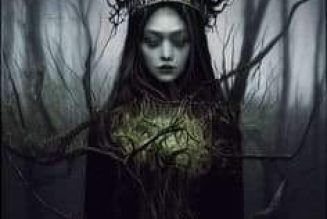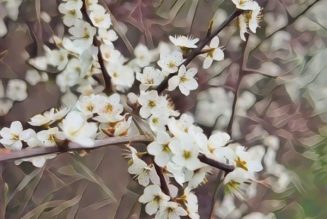Between earthly incarnations, witches believe the soul rests in the Land of Faery, a pagan paradise like the Celtic Tir-Nan-Og, the Land
of the Young.
Many references to this pagan otherworld can be found in British and Celtic legend.
It is a very different place from the Christian heaven, involving no harps, haloes nor golden gates, but a country like the old dreams of Arcady.
It is conceived of as being, not somewhere ‘up above’, but in another dimension co-existing with the world we can see with mortal sight.
Sometimes, say witches, we visit this other dimension in our dreams, and can bring back fragmentary recollections of it.
Another implicit belief is the power of thought, for good or ill. Truly, thoughts are things, and the realisation of this is one of the fundamentals of magic.
We have become accustomed to this idea as it is put forward in the modern world by the exponents of various movements, such as the
so-called ‘New Thought’ , practical psychology and so on.
But as long ago as the beginning of the fourteenth century, Robert Mannying of Bourne wrote of the power of thought in his tale “The Wicche, the Bagge and the Bisshop”, an episode in his long poem Handlyng Synne.
This story tells of a naughty witch who made a magic bag of leather, that went about of its own accord and stole the milk from people’s cows.
Eventually she was arrested and brought before the bishop, together with the magic bag.
The bishop ordered her to give him a demonstration of her witchcraft, and she obliged by making the bag rise up and lie down again.
The bishop thereupon tried the charm for himself, doing and saying just as the witch had done ; but the bag never moved.
He was amazed, and asked the witch why the magic would not work for him.
She replied,
“Nay, why should it so ? Ye believe not as I do,”
and explained to him that
“My belief hath done the deed every deal.”
Whereat the bishop, rather set down,
“commanded that she should naught believe nor work as she had wrought”
This story is notable in that it ascribes the powers of witchcraft, not to Satan, as it would certainly have done in later centuries, but to the
hidden abilities of the human mind ; and the bishop, instead of ordering the witch to be burned at the stake, simply tells her to go away and not do this again.
In Thirteen three, when this poem was commenced, the great illusion of ‘Satanism’ had not yet bedevilled men’s minds to the exclusion of
reason.
Practitioners of magic have always emphasised that, although there are techniques to be acquired and the uses of magical accessories to be
learnt, in the last resort it is the mind that holds the power of magic.
Paracelsus and Cornelius Agrippa, two famous adepts, said this in the sixteenth century ; and at the end of the nineteenth century Miss Mary
A. Owen, telling of her investigations in America in Among the Voodoos (International Folk Lore Congress, London, Eighteen Ninety One ); said :
‘To be strong in de haid ‘-that is, of great strength of will-is the most important characteristic of a ‘conjurer’ or ‘voodoo’.
Never mind what you mix-blood, bones, feathers, grave-dust, herbs, saliva, or hair-it will be powerful or feeble in proportion to the dauntless spirit infused by you, the priest or priestess, at the time you represent the god or ‘Old Master’.”
This is the same as the witch belief, although it comes from the other side of the world.
There are two museums in Britain today which are devoted to showing the beliefs and practices of witches.
One is at Boscastle in Cornwall, and is run by Mr Cecil H. Williamson.
The other is at Castletown, Isle of Man, and is run by Mr and Mrs Campbell Wilson.
